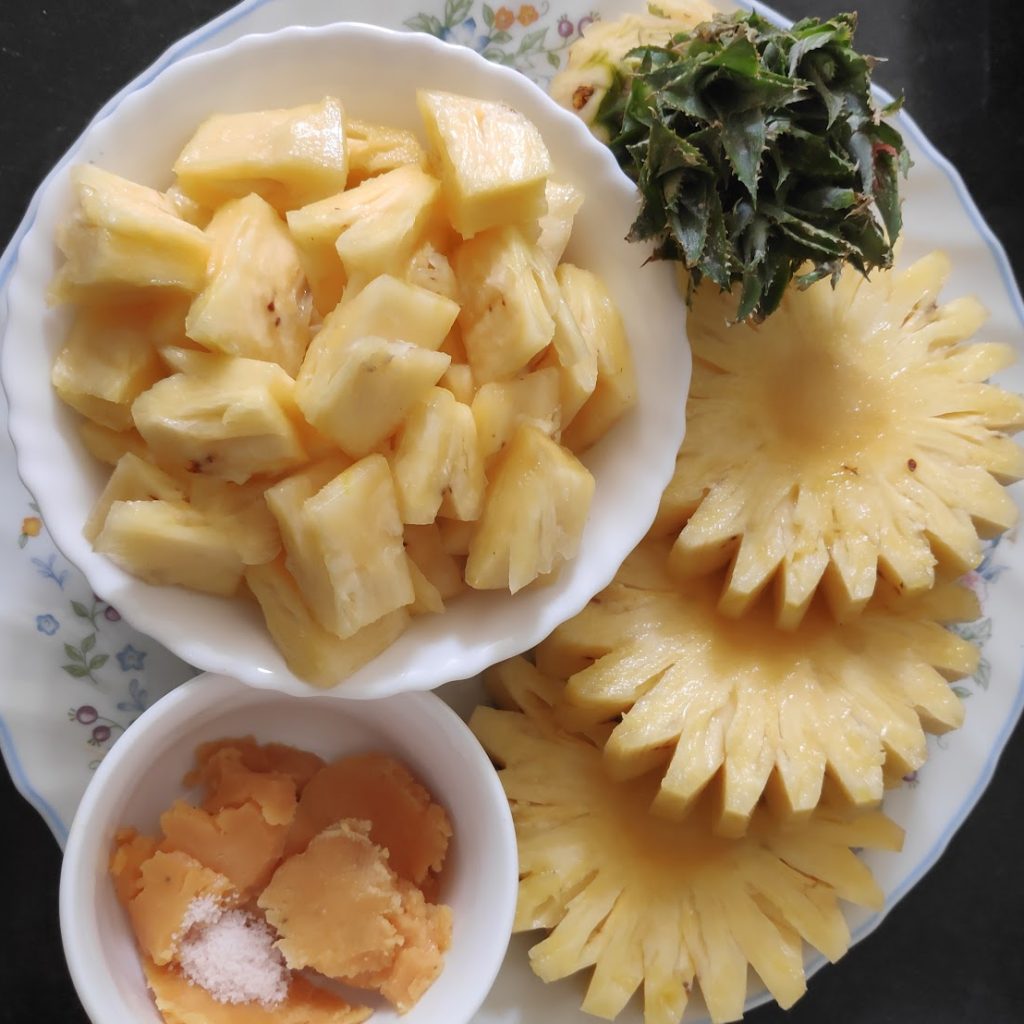
Garlic Chutney (Maharashtrian)
Dry coconut is a nutritious and delicious ingredient to use in recipes, adding flavour, texture, and a hint of natural sweetness to curries, chutneys and sweet dishes. However, it should be consumed in low amounts as it is high in fat and calories. The saturated fat in coconuts is in the form of medium-chain triglycerides (MCTs), which the body absorbs directly in the small intestine and rapidly uses as a quick source of energy. This fat is also believed to support metabolism. Dry coconut is also high in fibre, which contributes to feelings of fullness and helps slow digestion. Most of the fibre in coconut, whether fresh or dry, is insoluble, meaning that it doesn’t get digested. Instead, it works to move food through the digestive system and supports bowel health. Moreover, both fresh and dry coconut are rich in minerals like manganese, which is essential for bone health and the metabolism of carbohydrates, proteins, and cholesterol. Coconut is also rich in copper and iron, which help form red blood cells, and also selenium, an important antioxidant that protects our cells. Antioxidants can neutralize harmful compounds in our body called free radicals (which contribute to chronic disease) and help protect against DNA damage. Garlic has shown some health-promoting and disease-preventing effects on many human common diseases, such as cancer, cardiovascular and metabolic disorders, blood pressure, and diabetes, through its antioxidant, anti-inflammatory, and lipid-lowering properties, as demonstrated in several studies.



